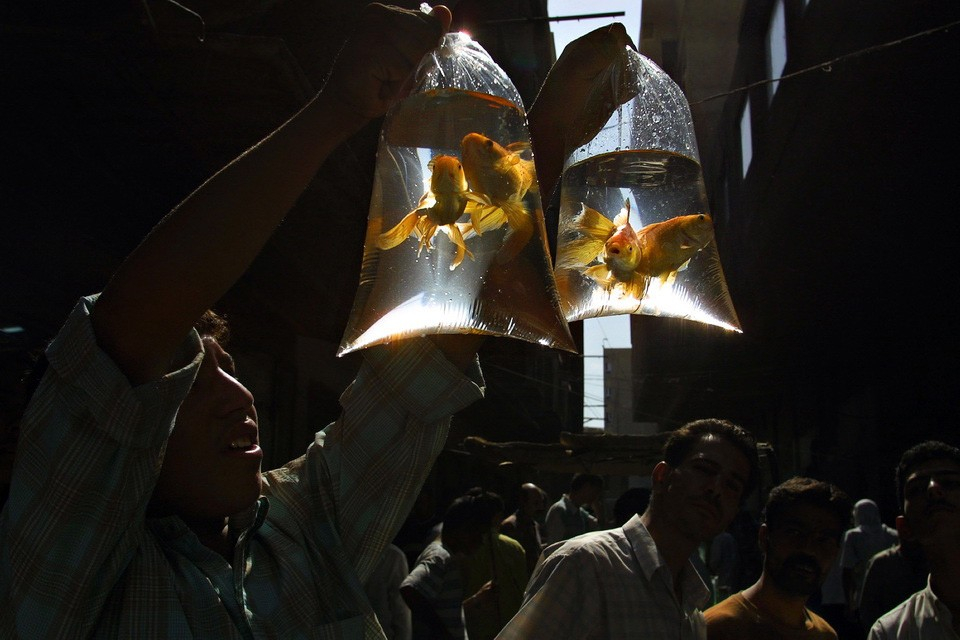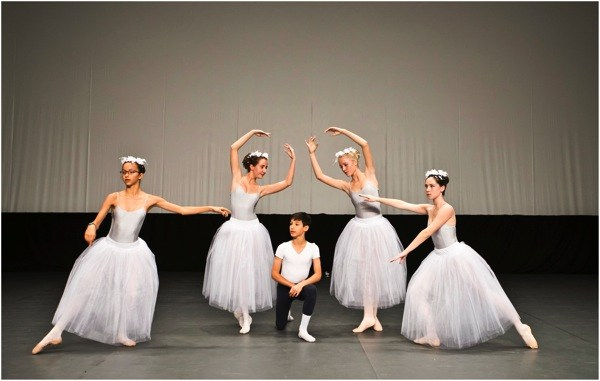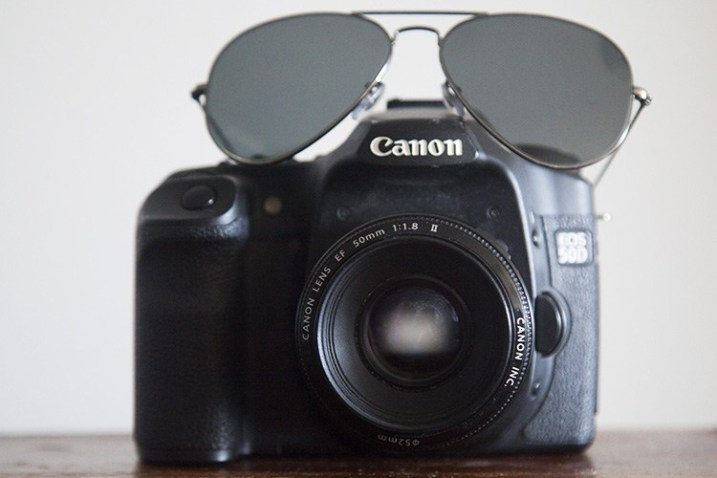10 PROFESSIONAL TIPS FOR SHOOTING THROUGH DRONES
 Over 32 years of photography and reporting, an Italian photojournalist, researcher and television producer Luca Bracali traveled to 141 countries, describing the world’s most fragile ecosystems and cultures at risk.
Over 32 years of photography and reporting, an Italian photojournalist, researcher and television producer Luca Bracali traveled to 141 countries, describing the world’s most fragile ecosystems and cultures at risk.
He specializes in working in extreme conditions with as long as possible flights, including surveying glaciers, icebergs, waterfalls, geysers, deserts, steppes, savannas, oceans, coral reefs and volcanoes. The photographer traveled a distance of more than 3.5 kilometers beyond the 80th northern latitude at a temperature of 20 degrees below zero and even reached an altitude of 1500 meters to capture the beauty of the stunning islands of Madagascar Nosy Iranj, which until that moment had never been removed from this angle.
At the opposite end of the land, Luca also flew just 30 meters from the mouth of the erupting Stromboli volcano and the luminous lava of the Sicilian Mount Etna.
The first rule is to think about security, not so much about the drone itself, but about the people. For this reason, despite the fact that the drone in flight goes beyond all limits, never fly in close proximity to people and avoid crowds and assemblies, and, if possible, even cities, if you are not working on a special task, which requires such frames.
shooting with drone
The second rule can be defined as the philosophy of Steve McCurry – the rules must be violated. But in working with drones, as in traditional photography, the same basic principle applies: rules must be studied before they can be broken.
Nevertheless, despite the fact that Luka received two pilot licenses for the drone, he completely disagrees with one rule (taking into account the remote areas in which he usually flies). And this is a widely discussed rule of keeping the drone in sight!
Flying VLOS (Visual Line of Sight – Visual Line of View) is really only needed when working very close to objects taken near the take-off point. Otherwise, to get maximum control and fully immerse yourself in flight during the creation of images, you must work in complete harmony with the remote control, without taking your eyes off the screen or the phone. For maximum efficiency, when returning to landing, manually turn the bow of the drone toward you so that you can see what the drone sees. Using the DJI Go 4 app, follow the map and point the arrow to the starting point. In addition, if you control the flight from a boat, do not forget to install the remote control for a dynamic starting point, and not static for RTH (Return to Home) – otherwise your drone may just land on the water!
They are becoming more complex and equipped with intelligent batteries, it is better to always check the status of the charger, especially at the beginning of the flight. Allow the drone to hang for a few seconds before take-off, then try to swing and roll in all four directions to make sure that the drone stays steady. In the case of work at low temperatures (-20 degrees Celsius), it is recommended to keep the batteries warm and, possibly, use a hand warmer attached to them with a simple tape during flight. In addition, never take the batteries in the luggage when traveling by plane, always carry them with you in your carry-on baggage. Discharge batteries to avoid the risk of fire on board.



